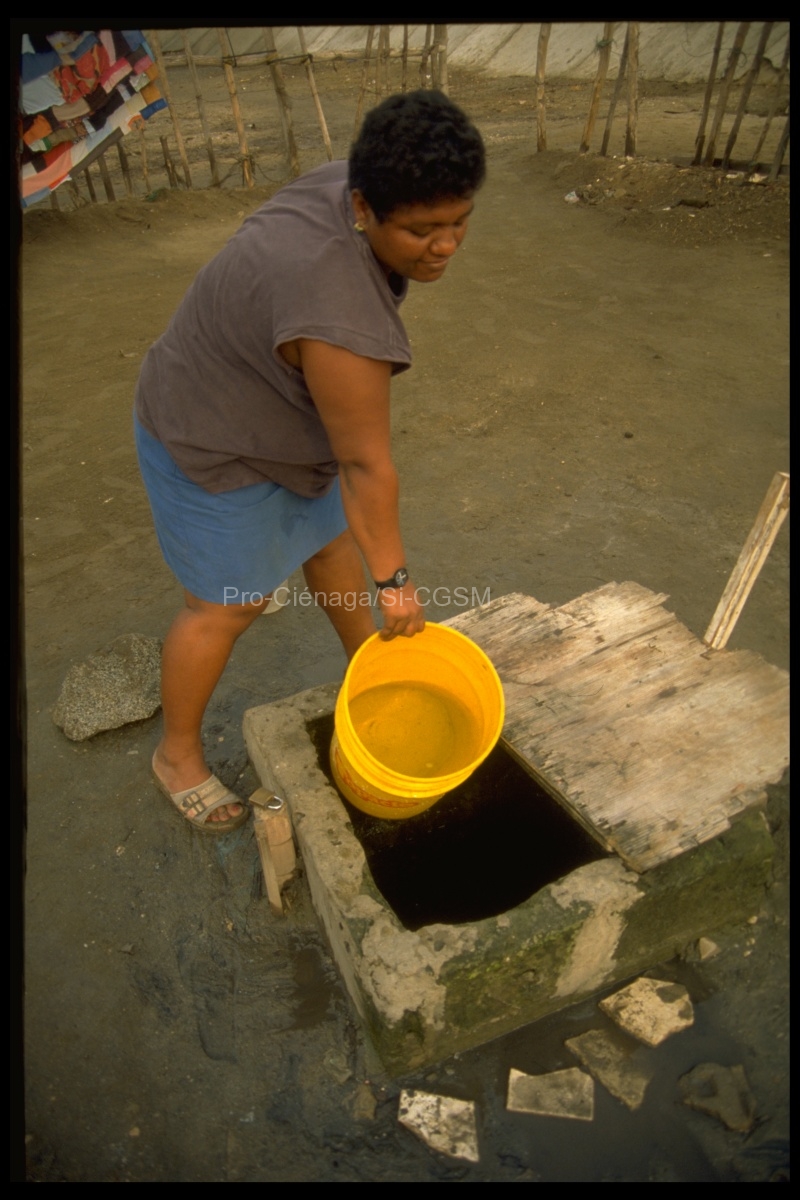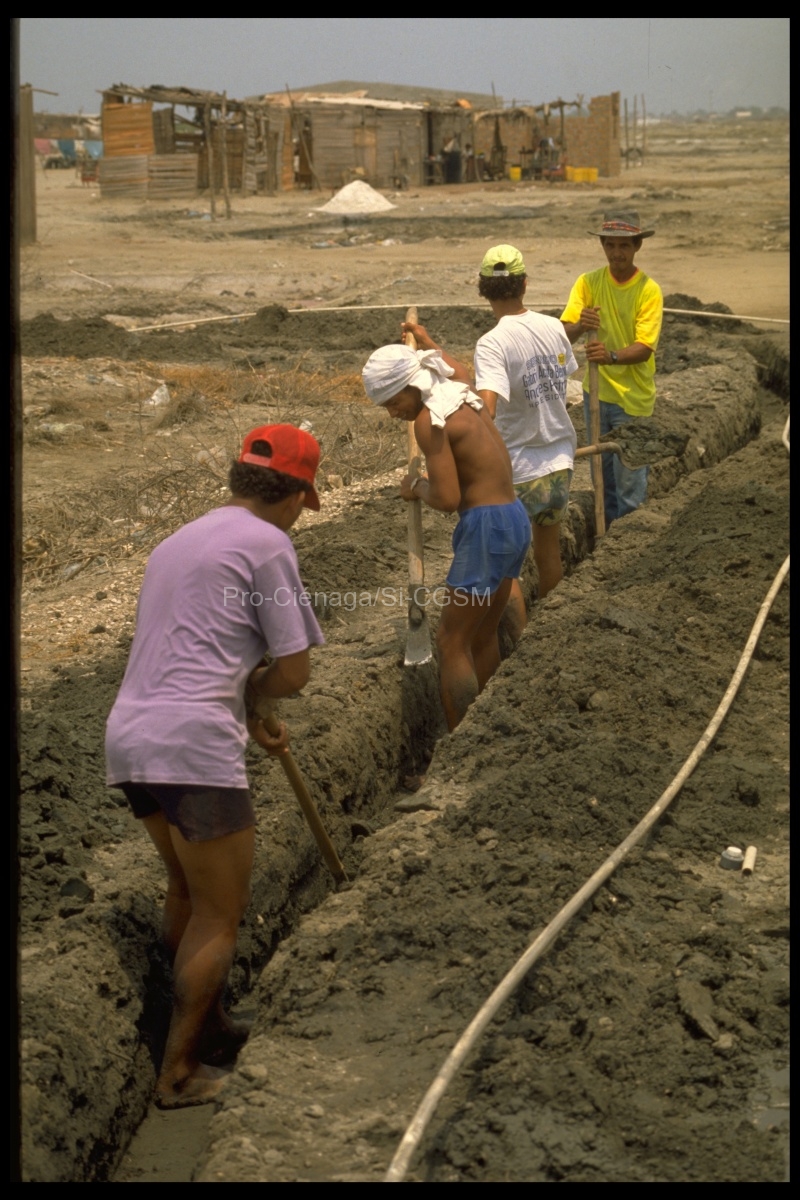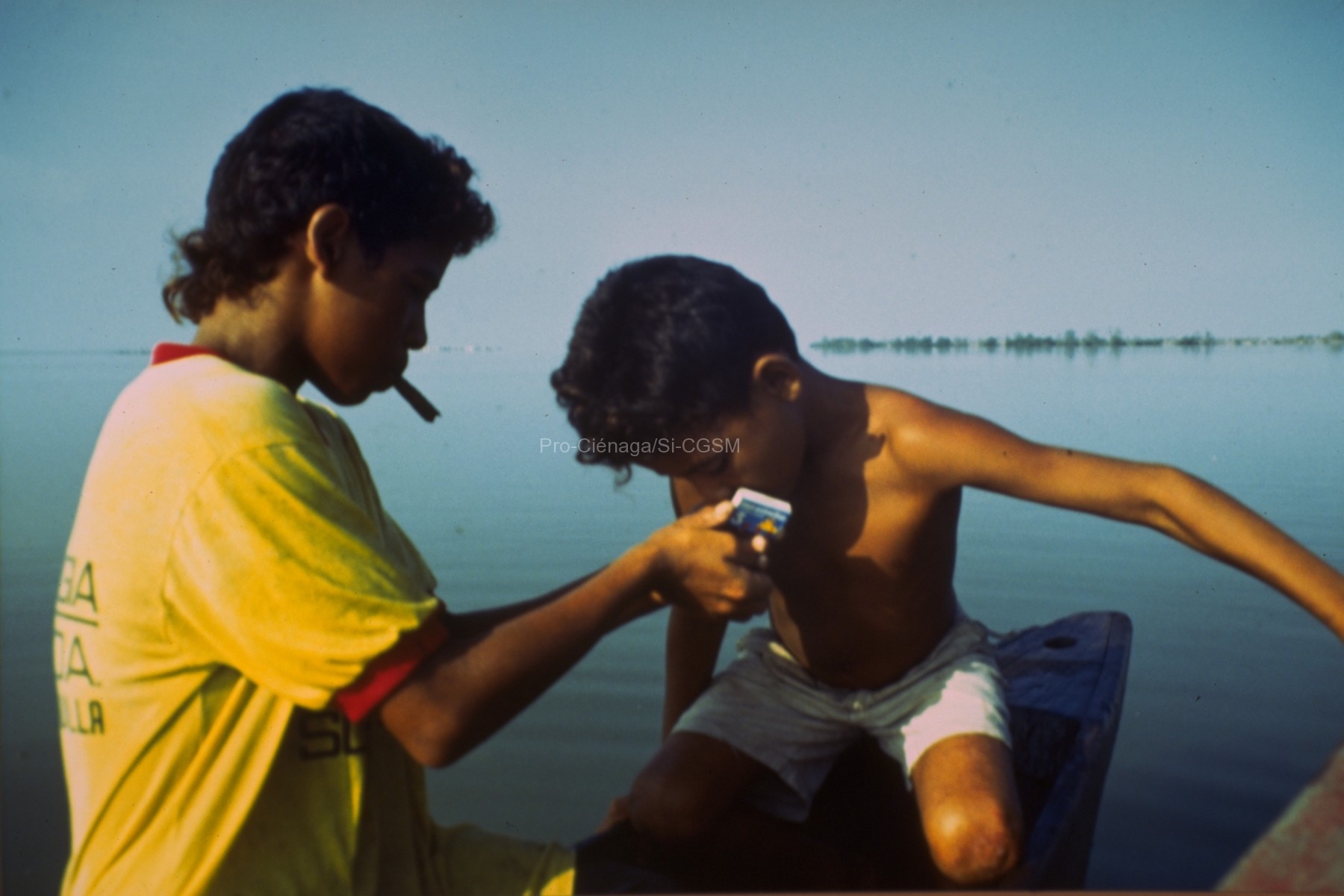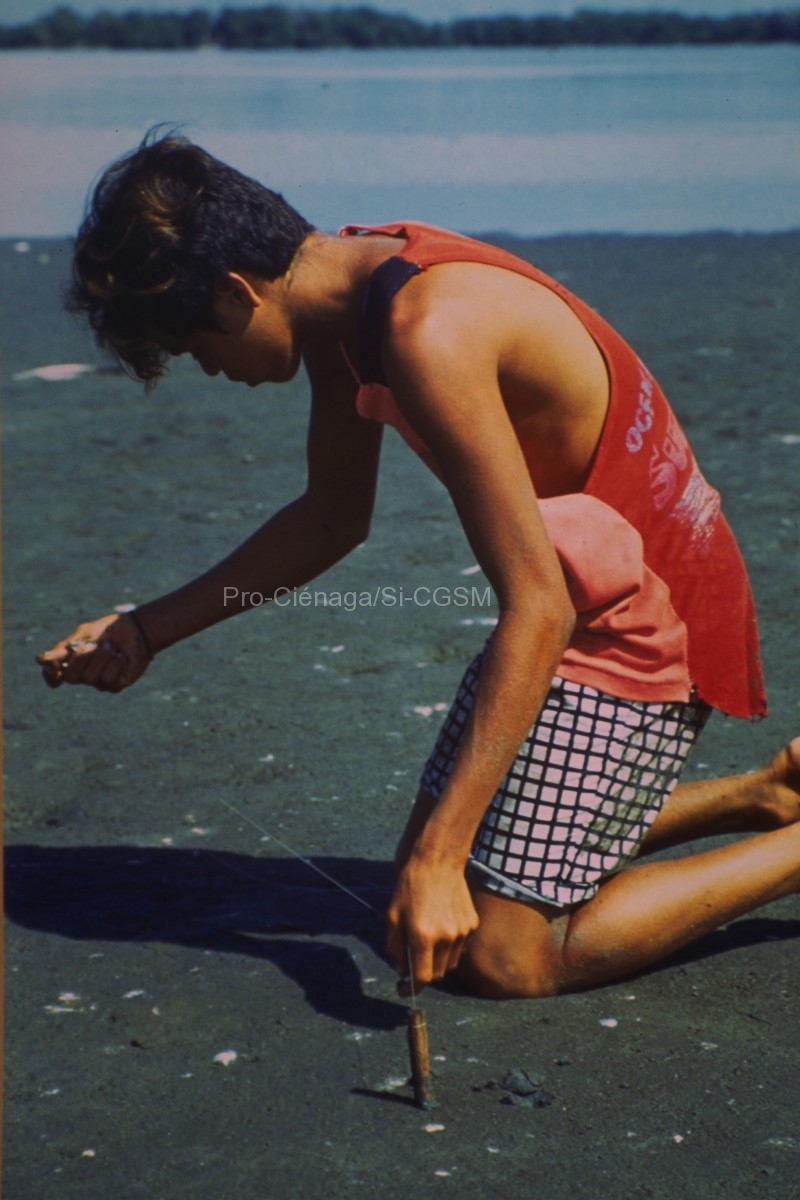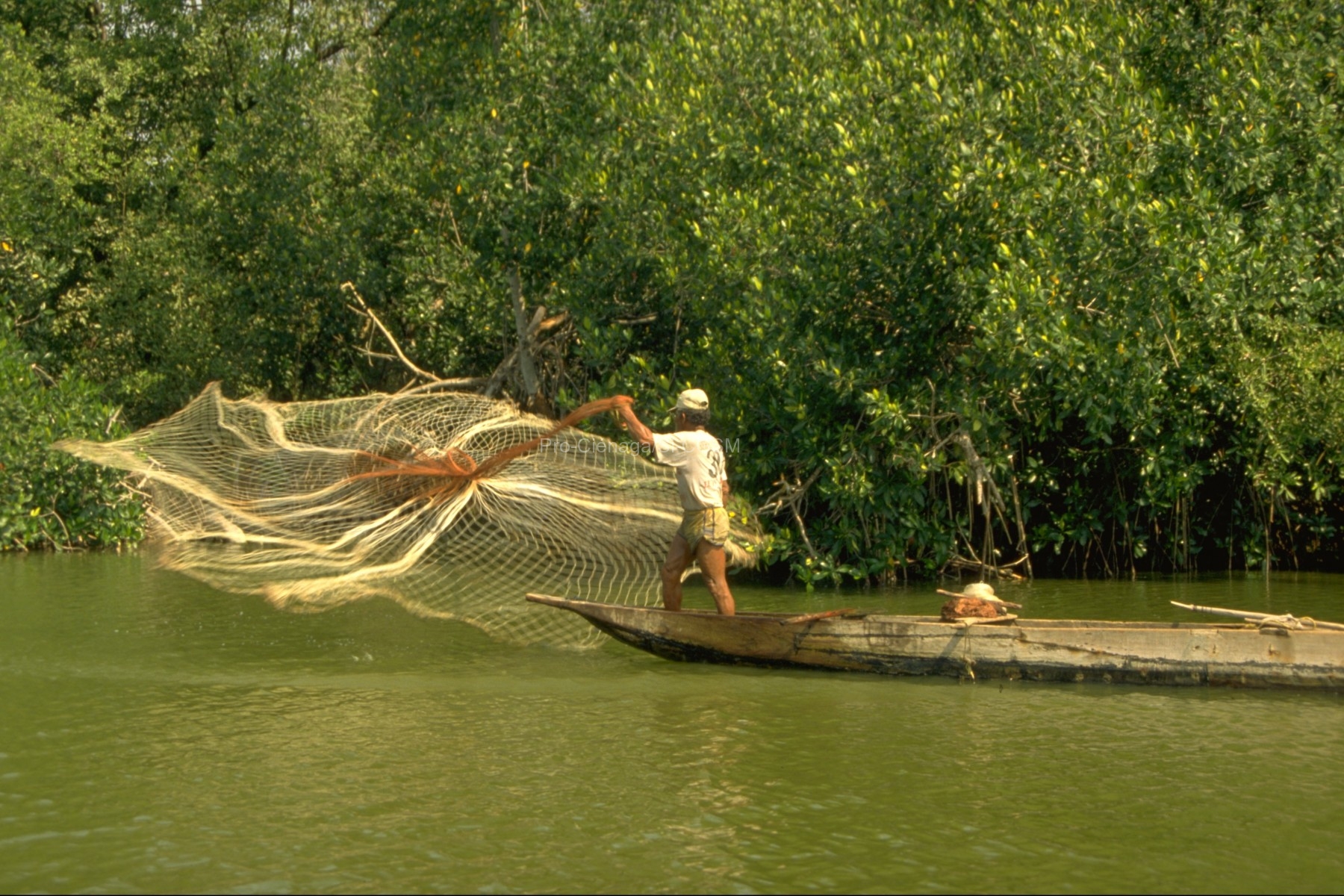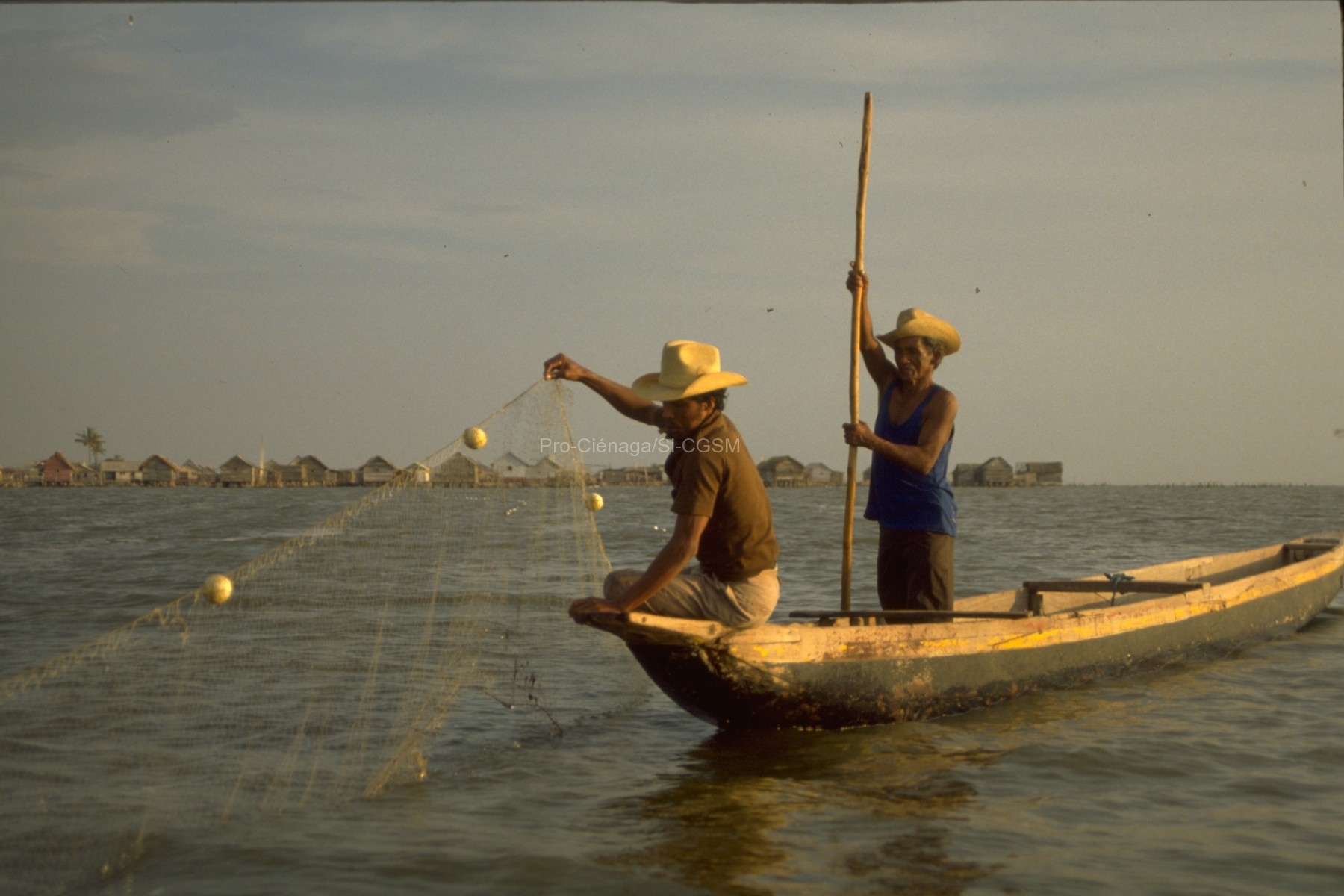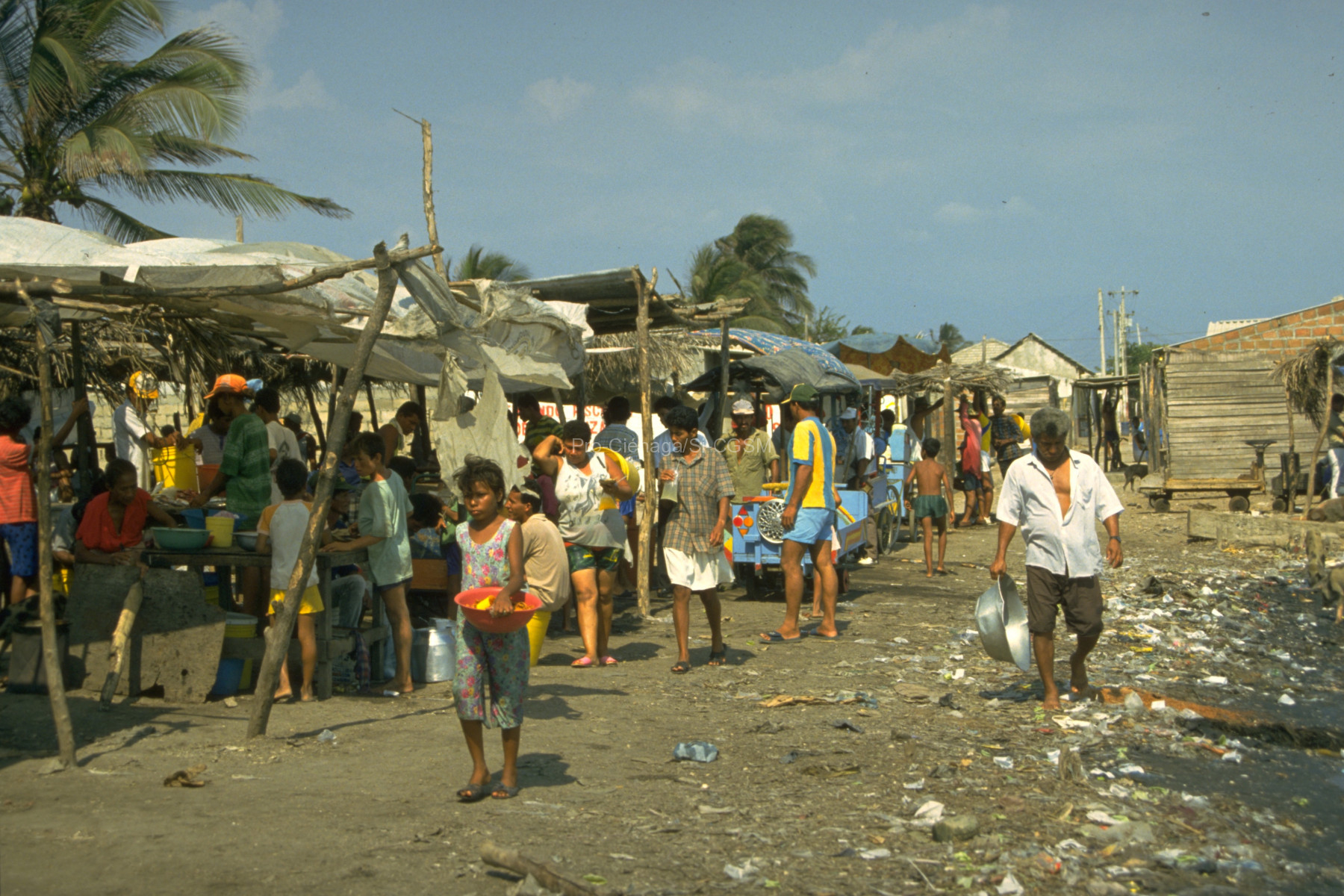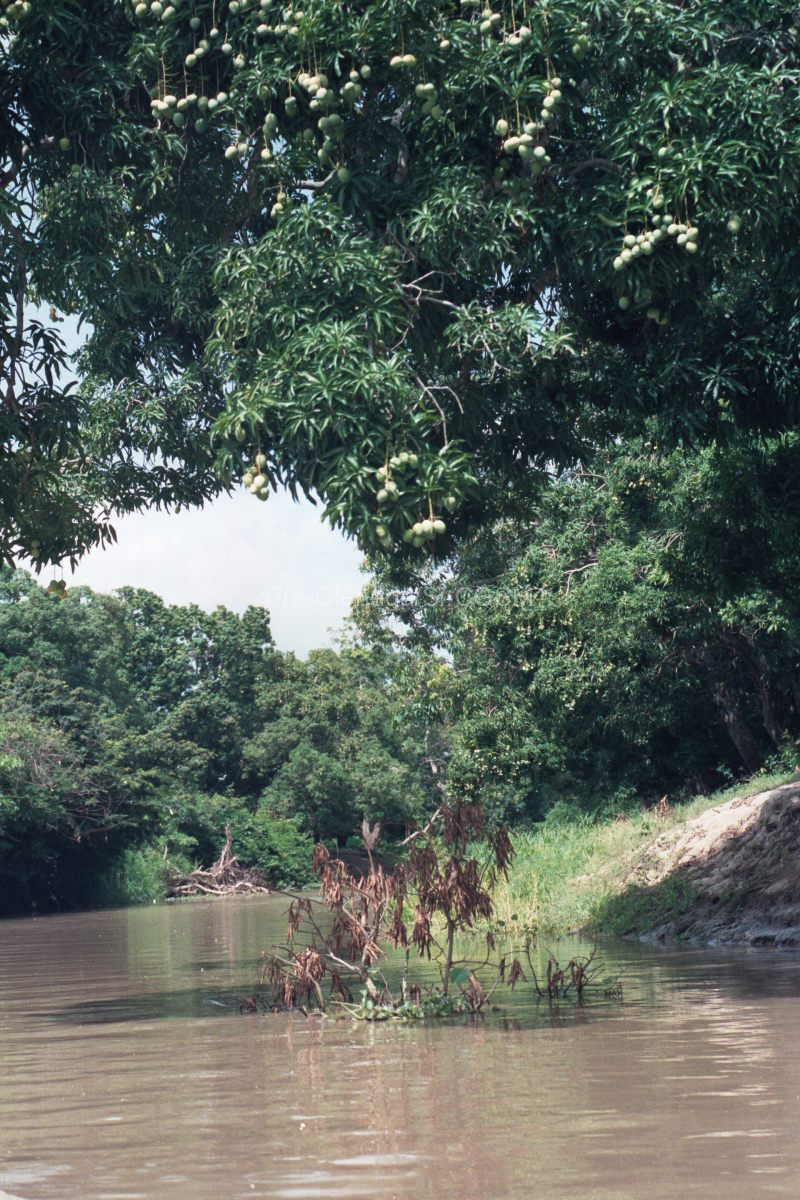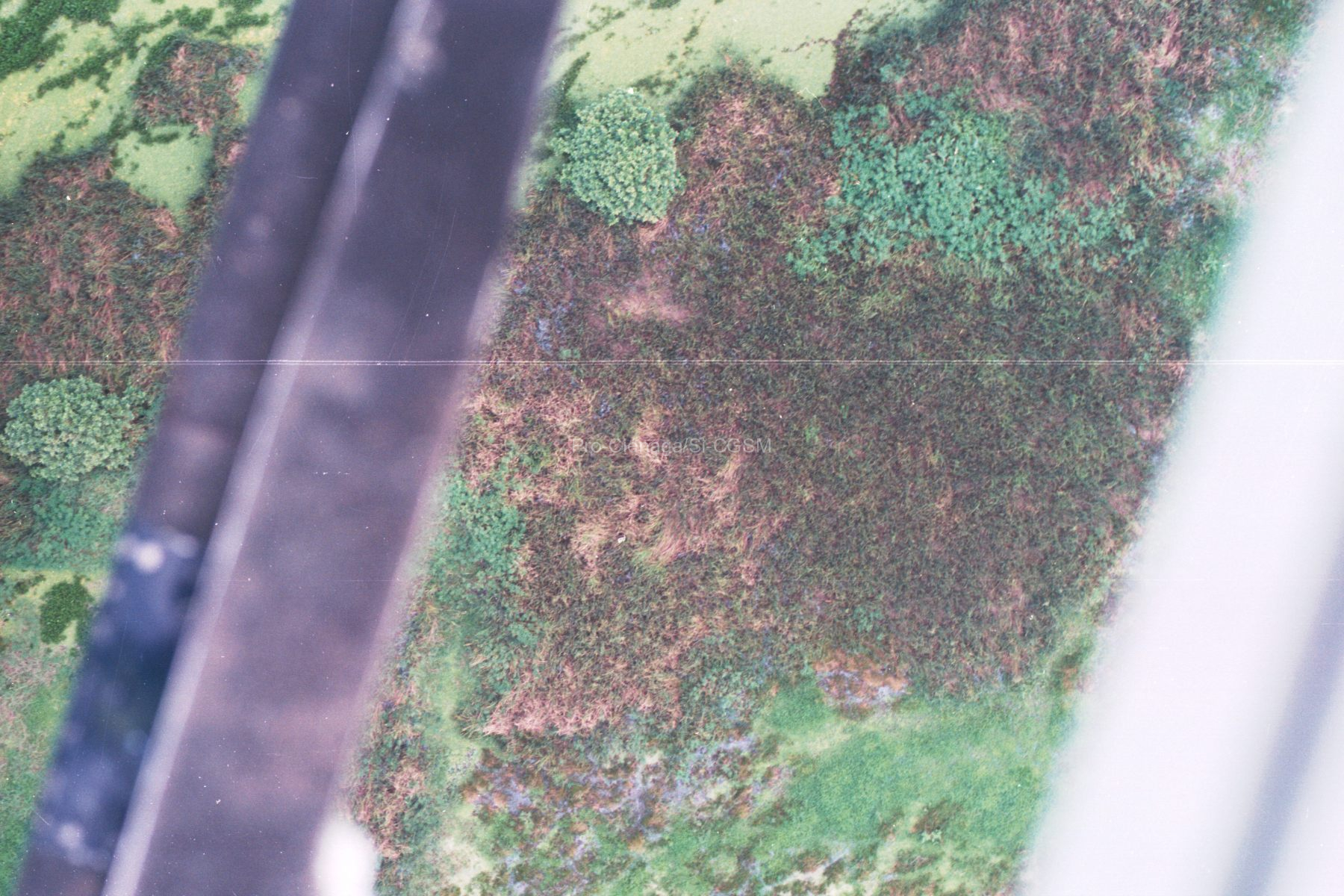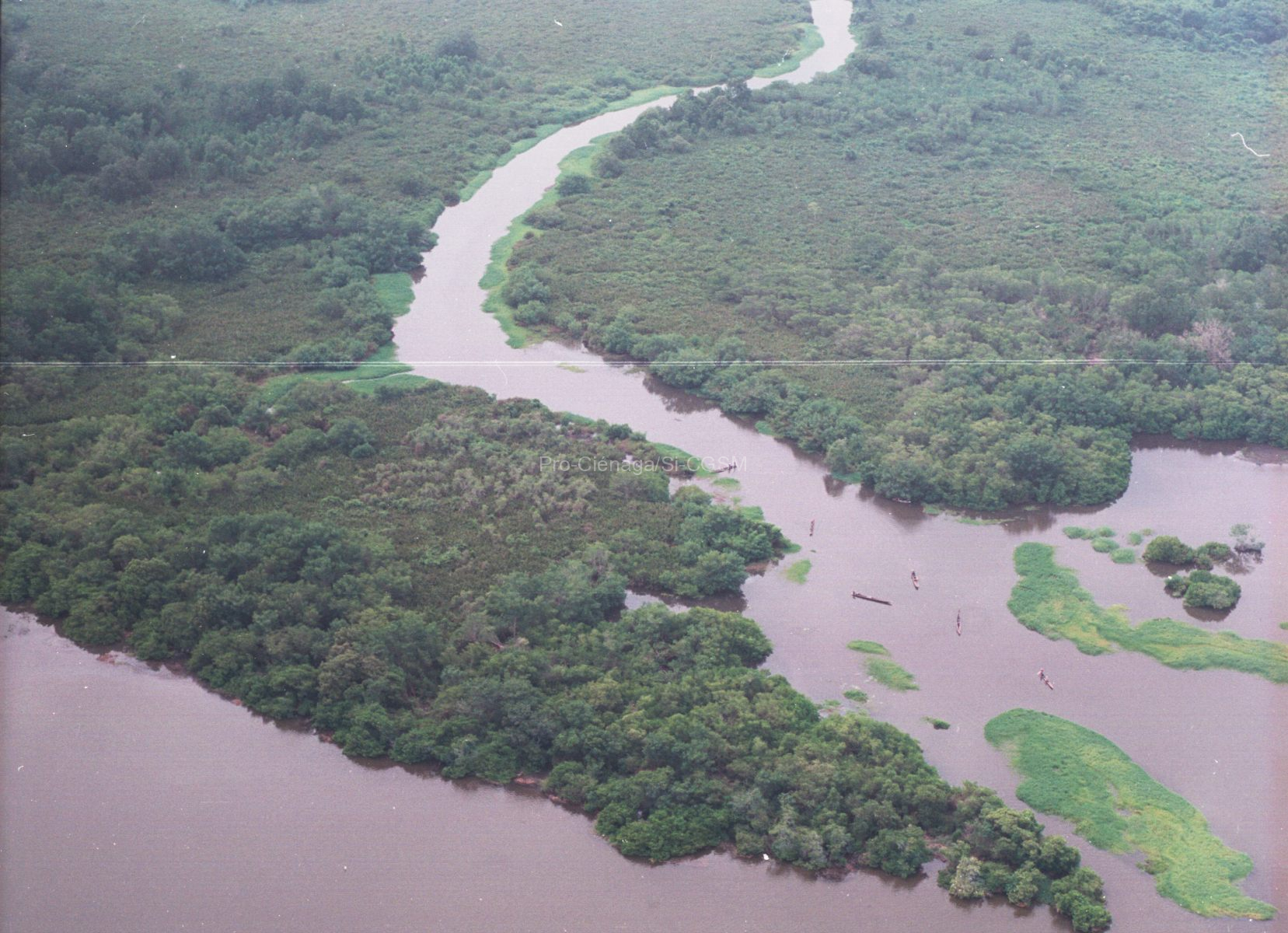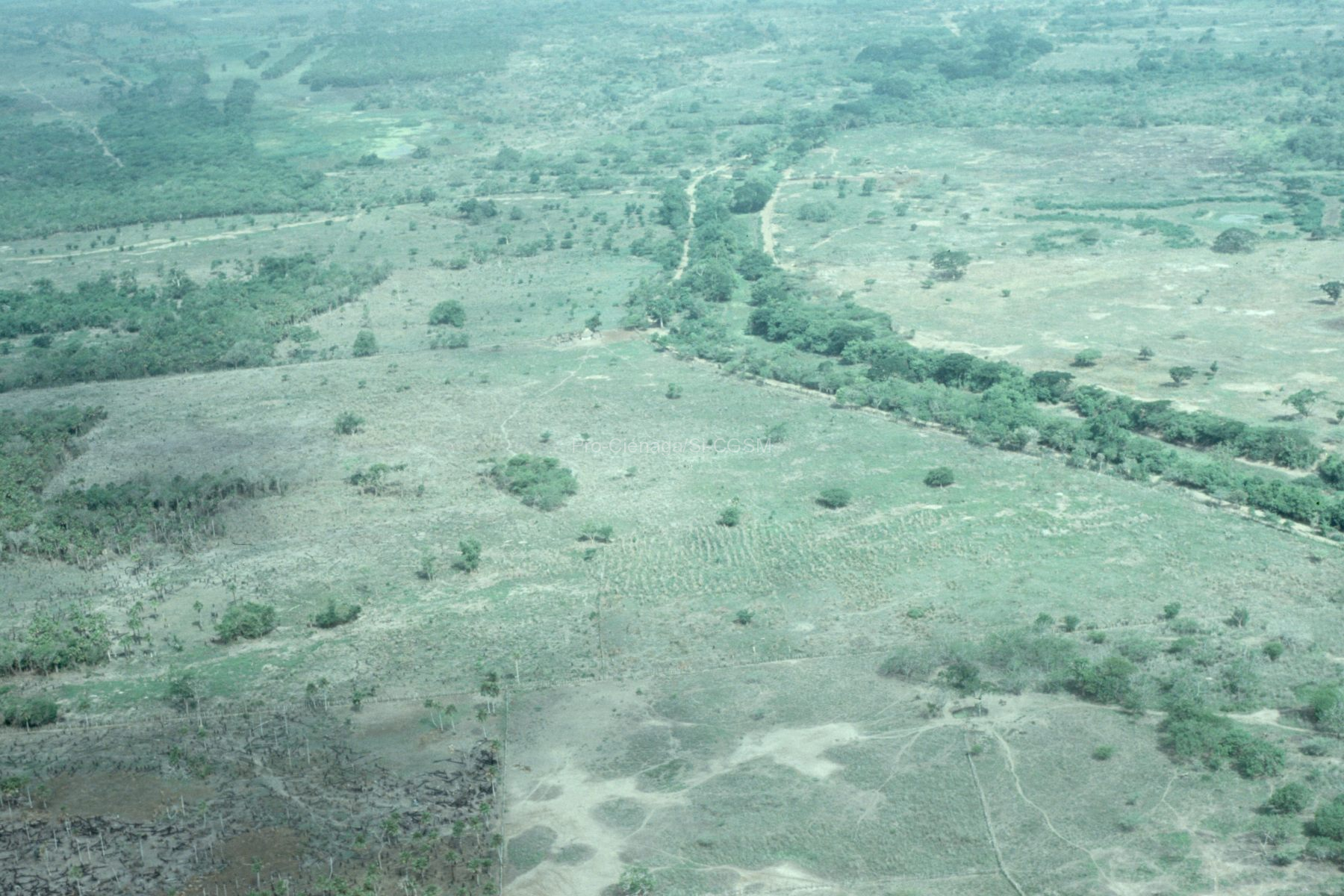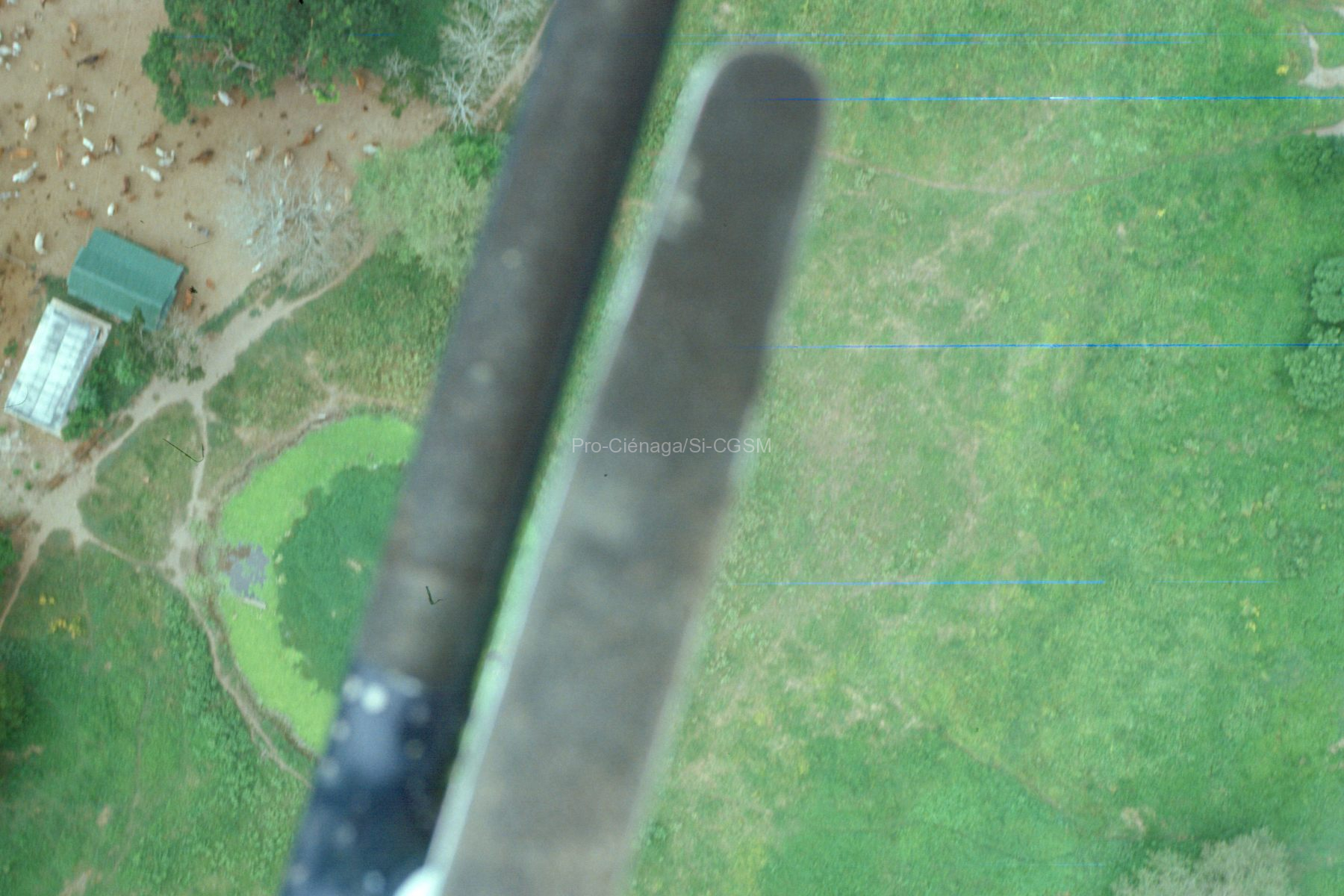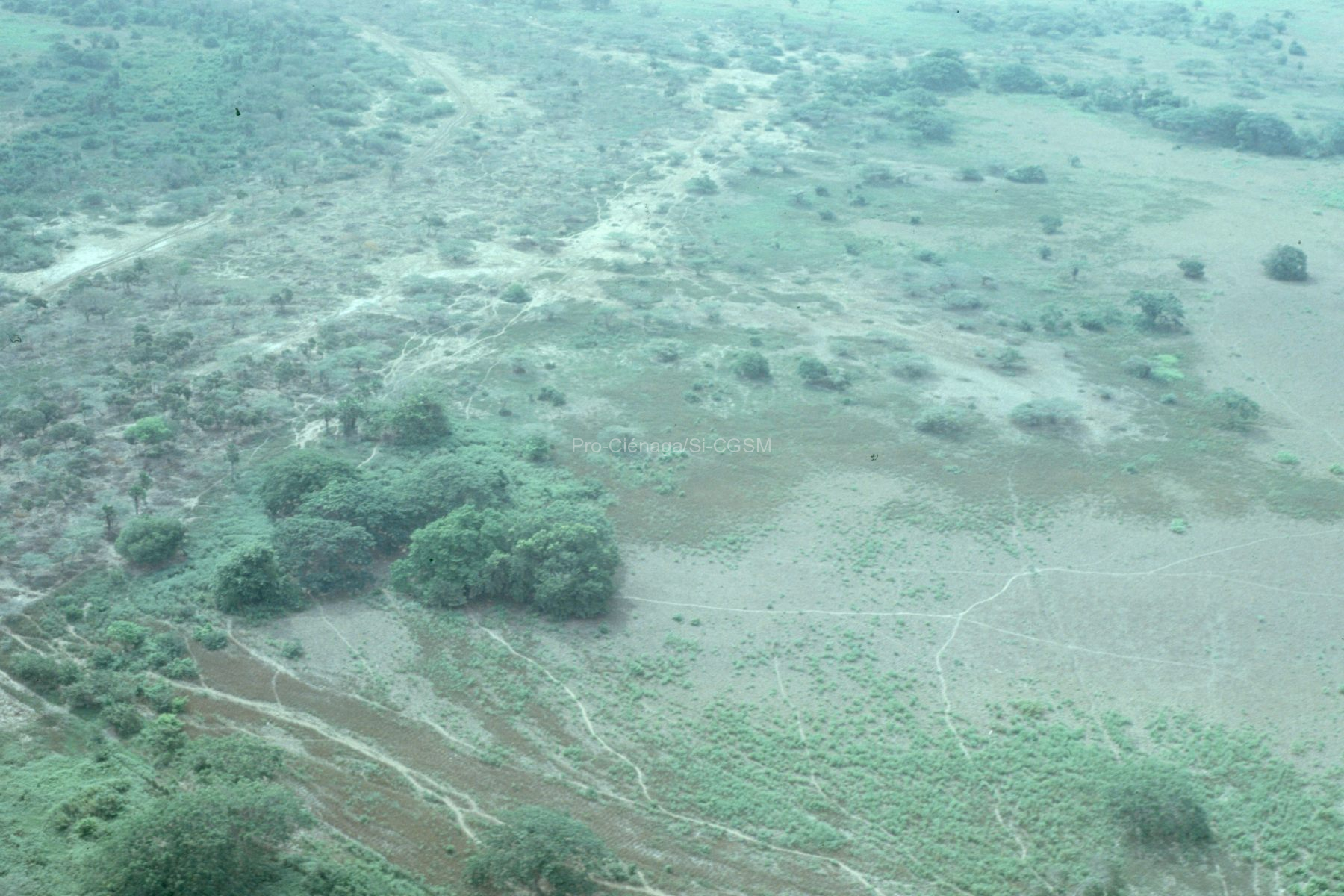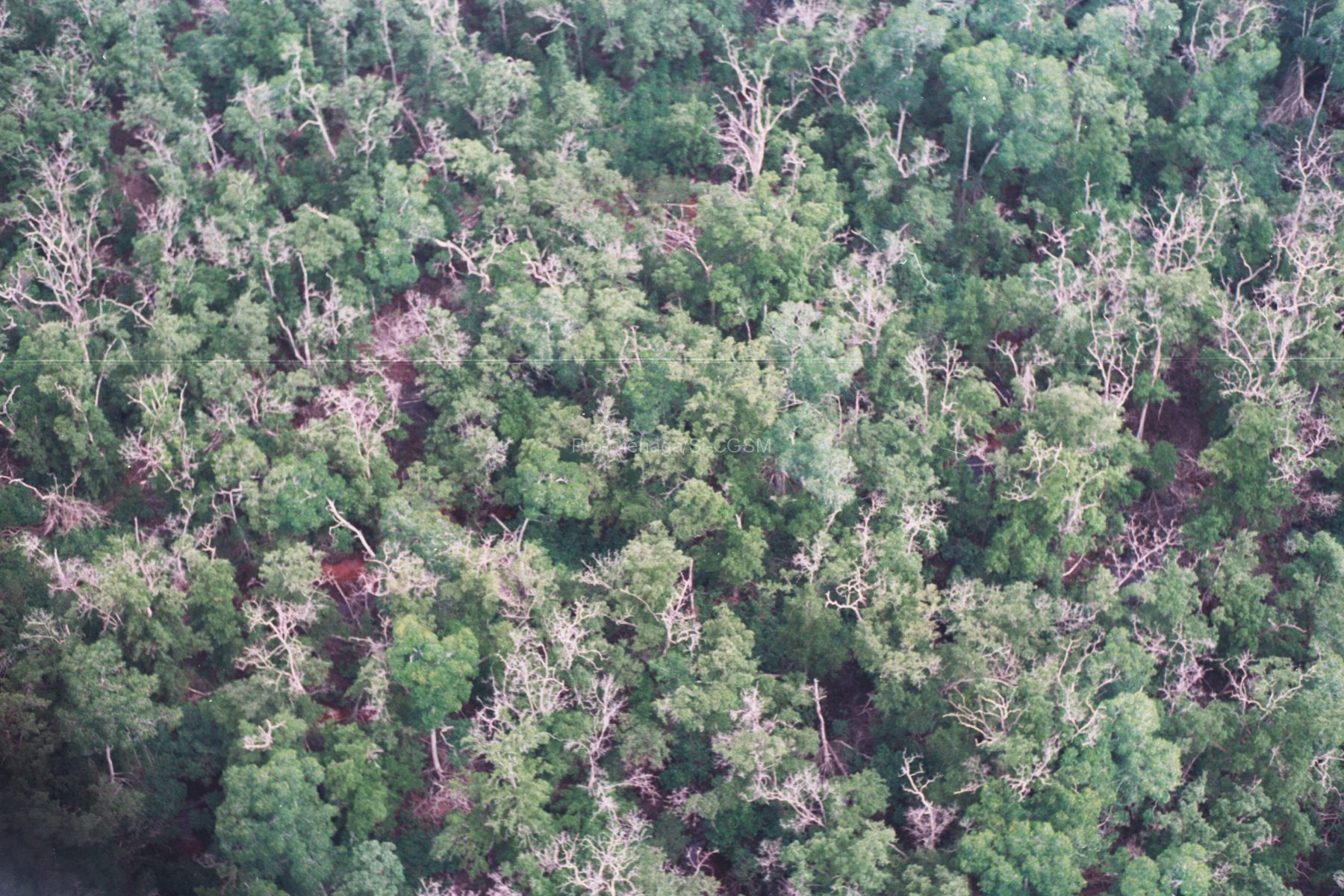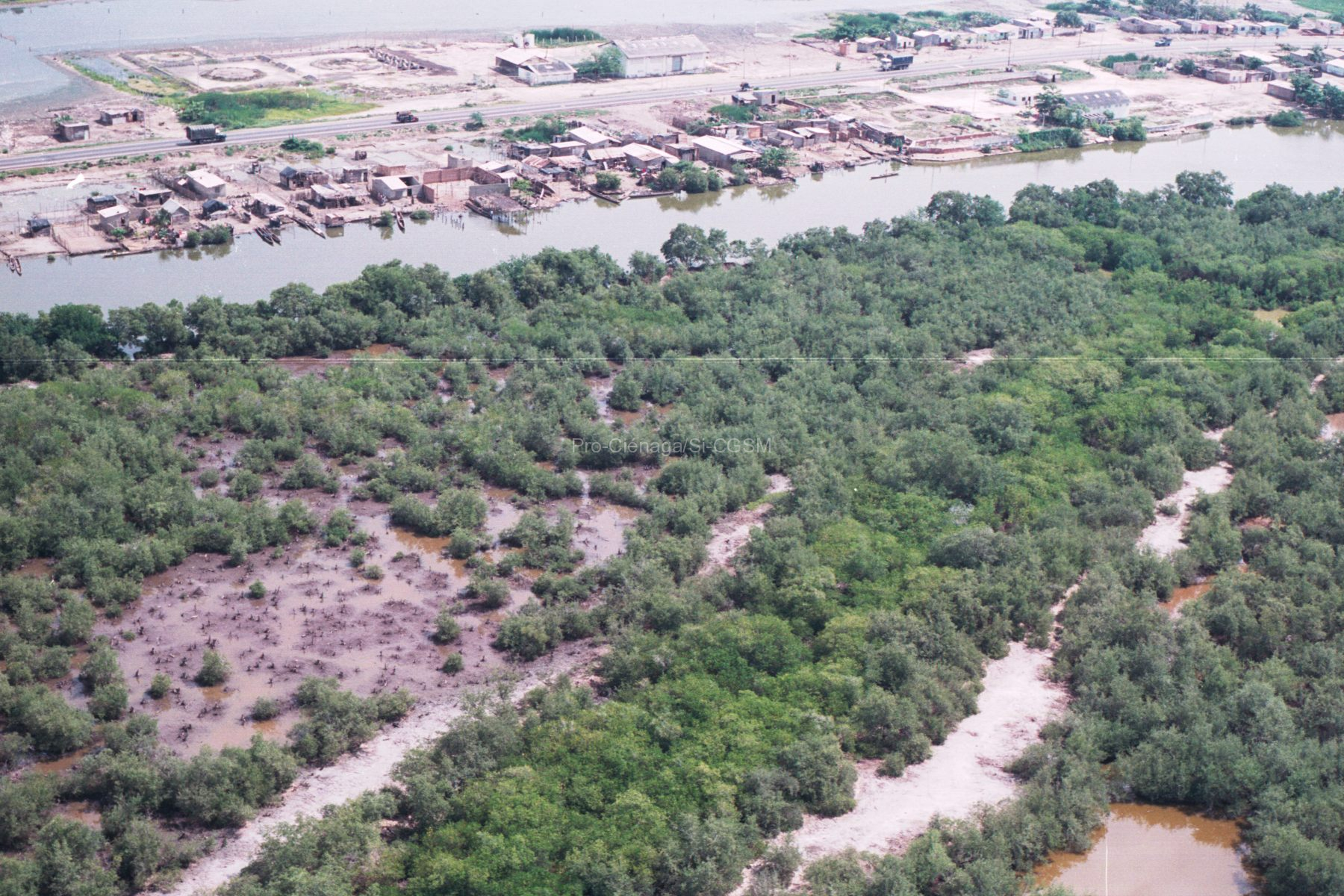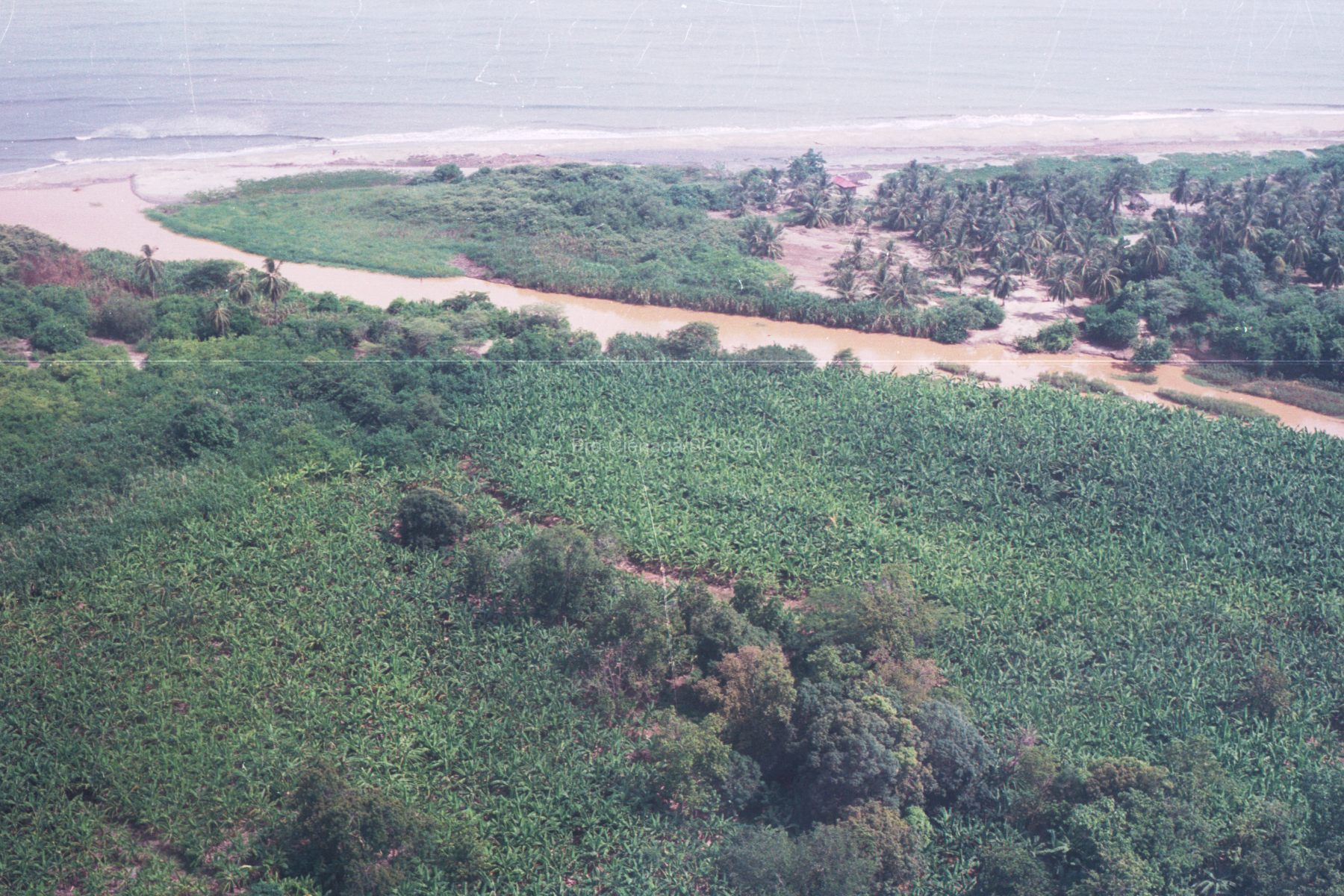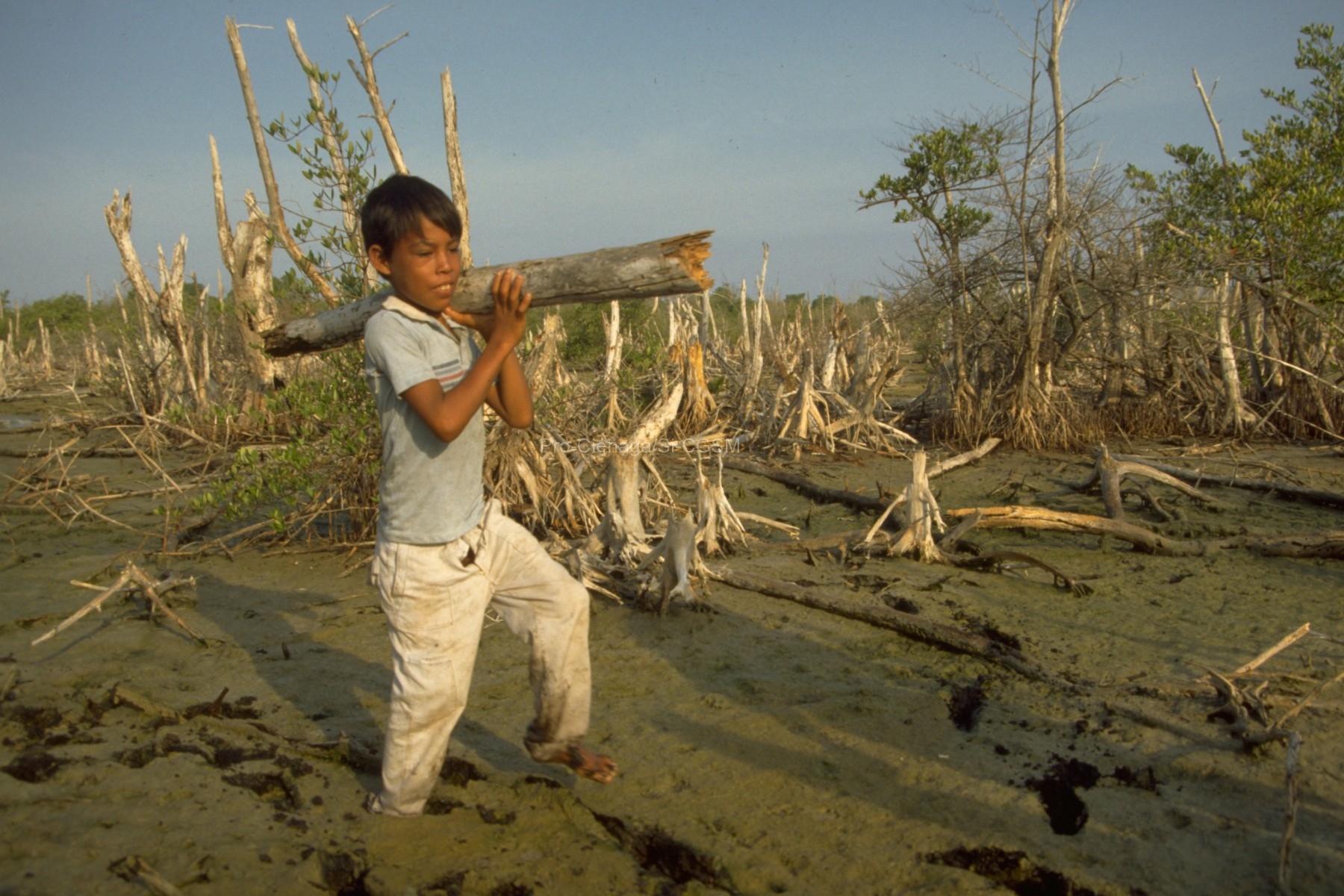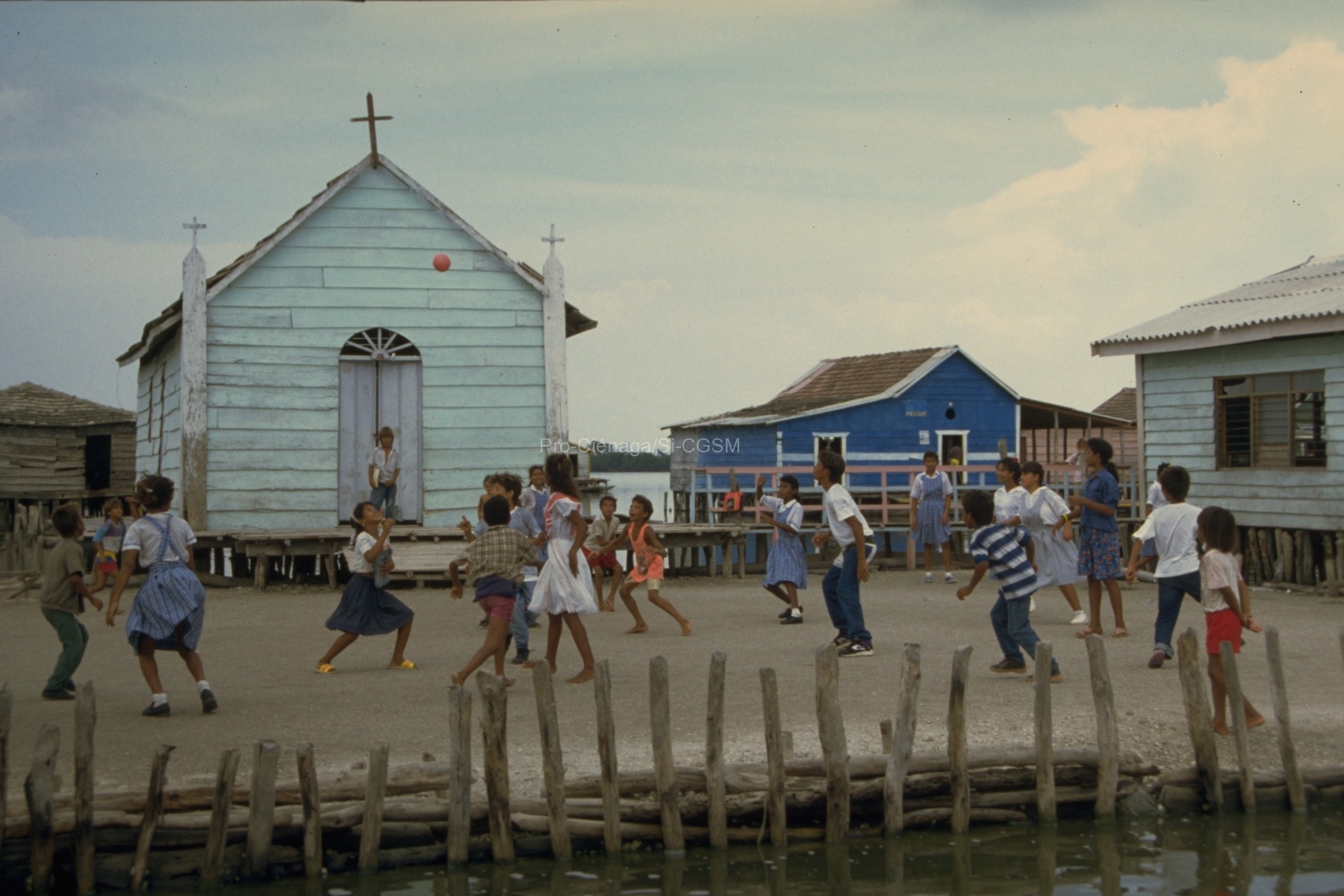https://doi.org/10.1016/j.fishres.2007.06.014
Experimental estimates of gear selectivity by age used for estimating stock size and measuring fishing impact have been scarcely documented in small-scale fisheries from Latin-America and the Caribbean. In order to improve stock assessment and fisheries management in such fisheries, an experimental approach was designed to estimate the selective performance of the encircling gillnet “boliche” used in the tropical small-scale fishery of the Ciénaga Grande de Santa Marta, Colombia. Similar to covered cod-end hauls, an experimental net was enclosed by a control small-mesh net in 70 hauls. Both contact and available-selection processes affecting the selectivity of the “boliche” were modelled by fitting two selection curves: the logistic (a retention curve) and the encounter-probability (probability that a fish contacts the net) models. The encounter-probability model gave the most appropriate results in terms of the deviance statistic and the lowest Akaike’s Information Criterion. Selectivity parameters were estimated for the main targeted fish species, highlighting differential avoidance reactions to the “boliche” for Eugerres plumieri (0.28), Diapterus rhombeus (0.24), Elops saurus (0.22), Micropogonias furnieri (0.13) and Cathorops spixii (0.16), but not Mugil incilis (all fish retained). To provide an overall (aggregated) effect of the “boliche” on the fish assemblage, the multi-species selection curve showed 61% retention at 15 cm, indicating that 39% of the multi-specific component may avoid the “boliche”.
Toca comparar con los demás trabajos similares: Rueda Hernández, M. E. (1995), Rueda Hernández, M. E. (1998), Rueda Hernández, M. E., & Mancera Pineda, J. E. (1995), Rueda Hernández, M. E., Mancera Pineda, J. E., & Mendo, J. H. (1997) y Rueda Hernández, M. E., & Santos Martínez, A. (1998) se basan en lo mismo; falta comparar los trabajos en lo posible para decidir cuales se puede considerar obsoleto.

